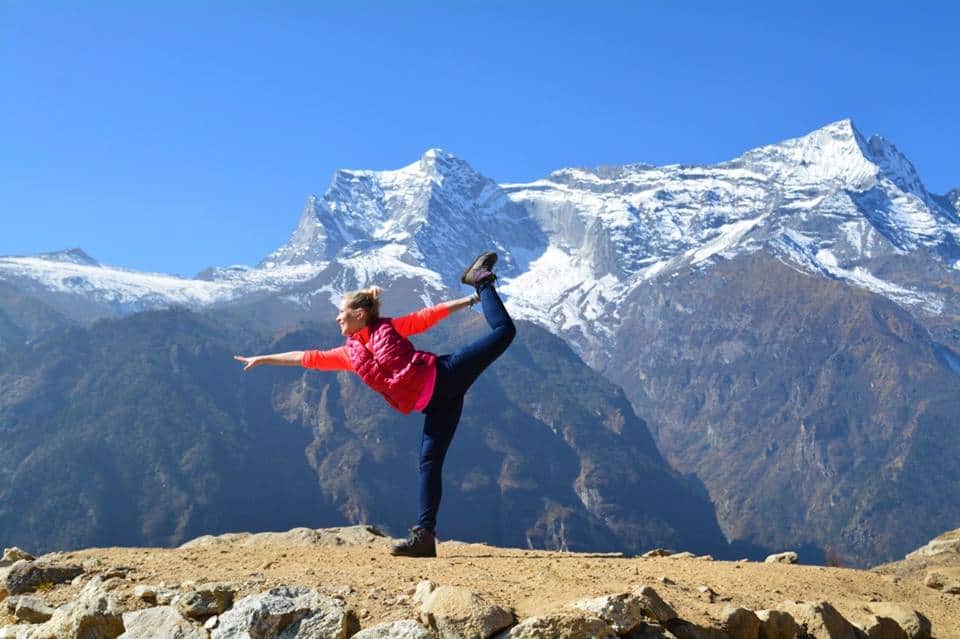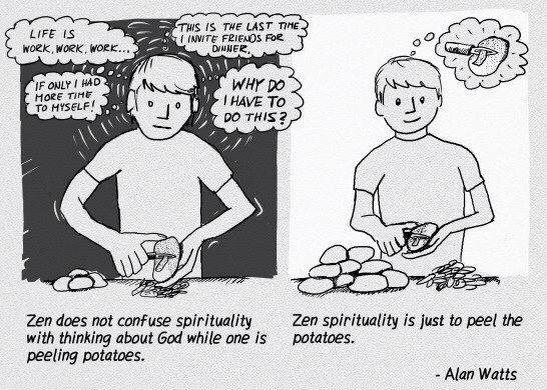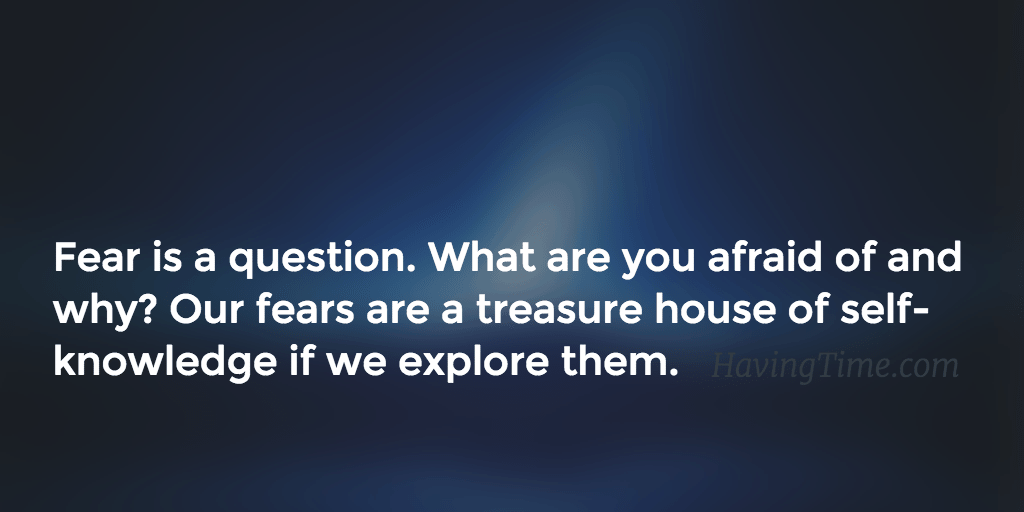
“Peace of mind is not the absence of conflict from life, but the ability to cope with it.” – Unknown
Being present, becoming aware of life – often seems impossible to those of us whose lives are jam-packed busy.
As a person who has a natural talent for stress, at first, I was skeptical about all the fantastic claims about mindfulness, and yet, as a curious and open-minded person, I decided to give it a try as I desperately wanted to create a positive change in my life and become more present.
There was a time when I thought of ‘mindful people’ as those Tibetan monks sitting up top the snowy mountains.
I thought that ‘mindfulness’ was some mysterious secret available only to highly ‘mindful people’ that could happily sit about under a tree for hours being in the total state of bliss. I felt jealous. I wanted in. I wanted to become an Insider of that secret behind mindfulness.
What I failed to see back then was that being mindful meant living in the ‘now’ creating pure intention (here and now) in every moment of each day, without clinging to the past or trying to predict and have control over the outcomes of the future – something that EVERYONE can achieve.
Not only it is possible to become more mindful regardless the busyness, but it’s also desirable.
Because I strongly believe that mindfulness will help us all achieve our goals and enjoy our lives to the fullest.
How to Practice Daily Mindfulness in 7 Simple Steps
1. Return to nature (as often as you can)

When you return to Mother Nature allowing yourself to soak up all its endless beauty – it gives you the renewed sense of wonder we miss from time to time; it brings you back into the ‘now.’ Get outside for a hike or a stroll in a park; if you live nearby the river, or a lake, or an ocean – get out there more and just stare into the water. Learn from water: the river never holds all water that passes through it; you too should let go of everything that’s been weighing you down. Research suggests that being outdoors reduces stress levels, improves your energy, your attention, and memory.
2. Breathing deeply and eagerly
Become conscious of your breathing. “Yoga teachings say that the longer the breath, the longer you live. Inhale and slowly count to three, then exhale and do the same again. Employ your entire torso – your nostrils, throat, collarbones, ribcage, and diaphragm. Feel the rush of fresh, oxygenated blood fill you with renewed life.” – Alfred Jones (mindfulness coach)
3. Think clay pigeon shooting – do one thing at a time
One Zen proverb goes like this:
“When walking, walk. When eating, eat.”

This means that you need to allow yourself to do one thing at a time.
Please, stop multi-tasking, single-task instead. When you are peeling potatoes, just peel potatoes. When you are eating, just eat enjoying each bite. Don’t try to overkill it by knocking off lots of to-dos while driving, eating or clay pigeon shooting.
Besides, “Studies have found that when people divide their attention, it takes them 50% longer to accomplish a task and they are 50% more likely to make errors” explains mindfulness teacher Melli O’Brien.
4. There’s no need to worry about the future or keep revisiting the past
Learn to separate your thoughts from emotions. Pay attention to your thinking patterns. Are you always worrying about the future or trying to escape to the familiar past? Learn to pause and recognize when you do that and then just pull yourself back to the present moment.
What are you doing right now? Focus on that. Enjoy the present moment to the fullest.
Mindfulness is not necessarily about being constantly blissful and happy. No. It’s about total acceptance of the present moment as it is, without trying to control or resist it.
We all experience painful emotions about our past and feeling anxious about the future sometimes – don’t try to avoid these feelings take it in, sit with it, make a map of it, turn it into a learning opportunity of self-discovery. When I feel anxious, and my fears are trying to bubblewrap me from life experiences, I flip it, I ask questions.

FEAR is a question – WHAT are you afraid of and WHY – all our fears are a treasure-house of self-knowledge when we mindfully choose to explore them.
Take a deep breath in and out. Stay present.
5. ARTify!
Take a moment and think of your favorite creative practice that brings you the most joy.
Whatever it is, throw yourself into it entirely – whether it’s writing, painting, baking cookies, mandala coloring, or dancing or even singing in the shower; see how fast those activities would quieten down your thoughts and decrease stress and get you in the flow state of heightened awareness. Be creative, express yourself.
6. Develop a gratitude practice
Look around. And then start paying attention to the things and experiences and people you are truly grateful for in your life. Even the smallest details in the everyday daily life that were taken for granted – pay attention to those and offer your thanks. What does it feel like when you express your heartfelt appreciation? The more we feel grateful for what we have, the more positivity and well-being we consciously invite to our life. Gratitude is an incredibly powerful emotion that can significantly make our lives better.

7. Think waves: it’s about accepting the ebb and flow
Every weekend I escape the city to find myself at the seaside staring at the waves of a raging ocean, coming at you at full speed and crashing against the cliffs of Portland Bill in Dorset. I’ve always been fascinated by the magic of that moment teaching me about the very nature of the ebb and flow of things, becoming aware and accepting it.
This crystal clear understanding that absolutely nothing is permanent and that everything is in the constant state of fluxwas one of the critical moments in my mindfulness practice.
Accepting it was crucial and liberating at the same time. When we live in the moment, without escaping and judging our past, or trying to predict and control the outcomes of the future, that’s where we find peace. We find peace when we choose to become an observer, the seer, living the life, experiencing it to the fullest, without fighting or objecting its natural flow.
Daily mindfulness is such a rewarding practice! It offers countless health benefits: from reducing stress levels and alleviating anxiety, to improving the quality of your sleep and, as a result, your vitality.
Mindfulness helped me to become more aware of the present and reach deeper into the pool of inner peace. And that was life-changing. And so as my self-awareness increased gradually, little by little, I started to notice tiny, yet profound positive changes in my everyday life. The more familiar I’ve become with the way my mind worked, its thinking patterns and where I needed to change them, the better I’ve started to feel. And it all started with those seven habits that I just shared with you.
photo cred: Anna S.

